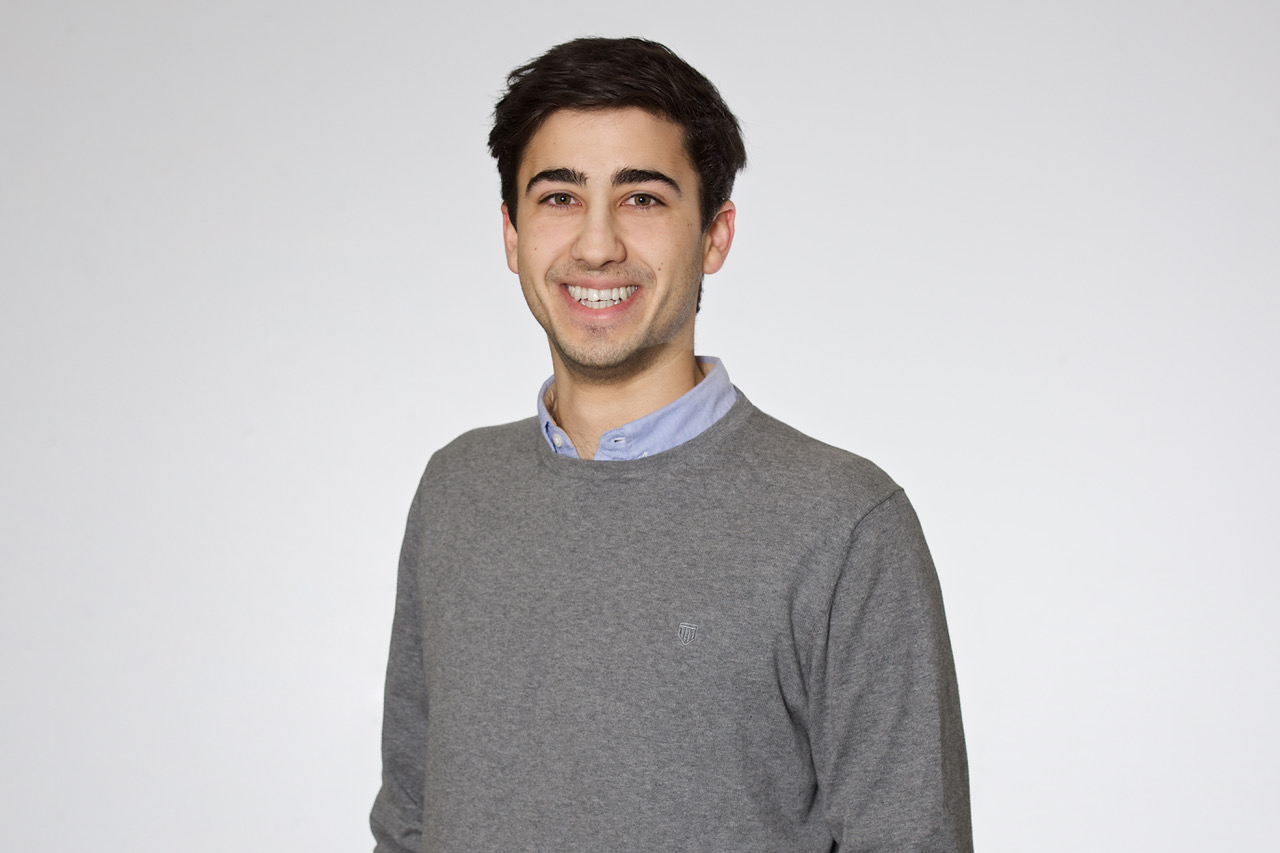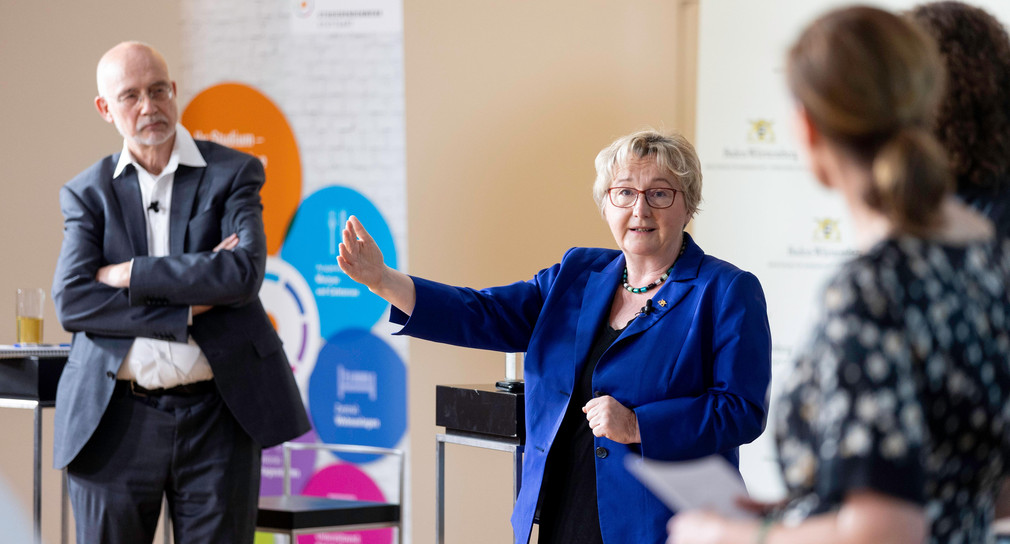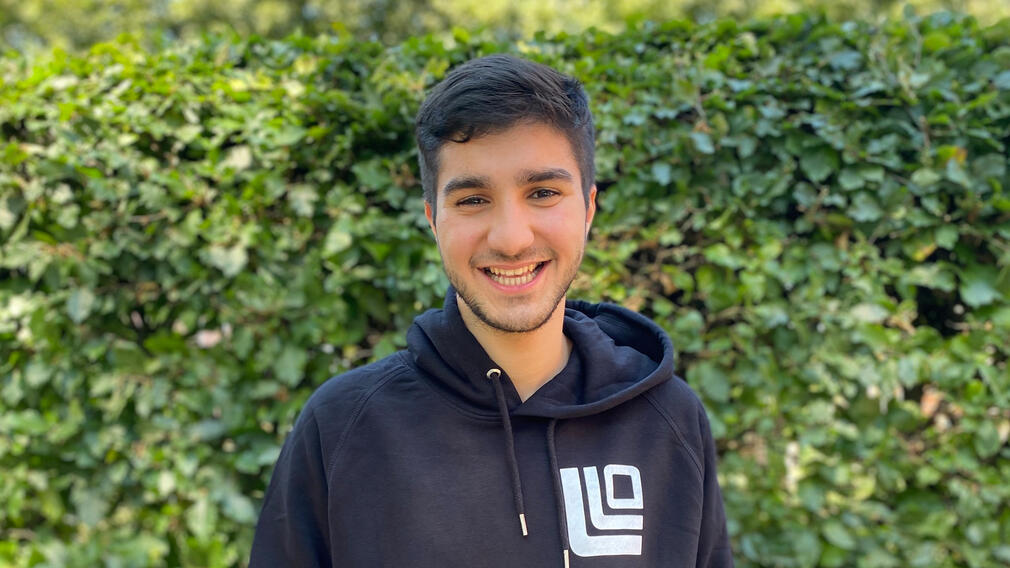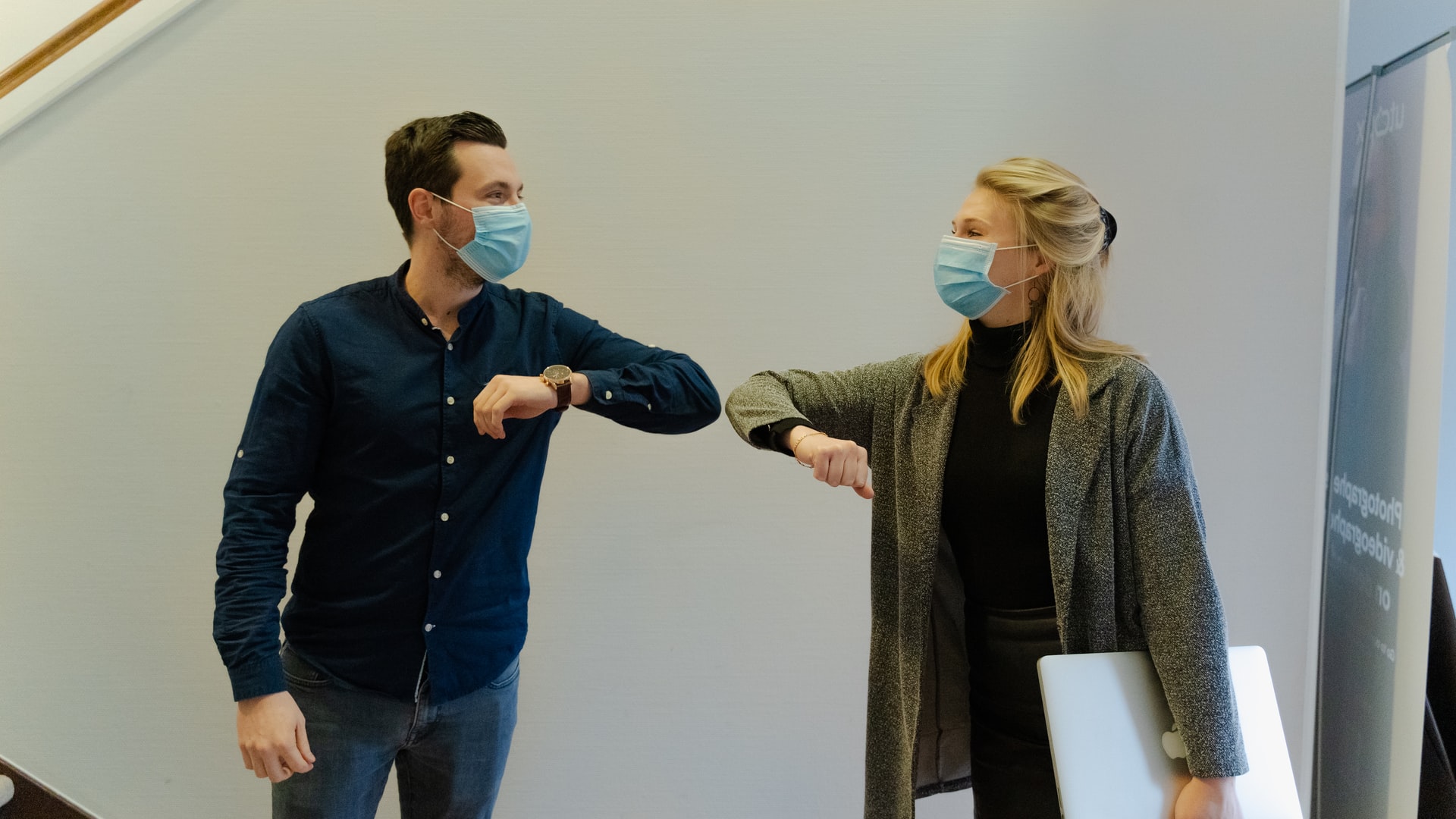Actively Shaping the New Normal at Universities – Nuances from A Time of Upheaval
Actively Shaping the New Normal at Universities – Nuances from A Time of Upheaval
17.08.20
The corona virus is not yet over & the winter semester is approaching. Which models will the universities use to ensure teaching in autumn and winter 2020/2021? Dr. Yasmin Djabarian and Leonie Ackermann dare to take a look inside the crystal ball. The authors identify what they consider to be the most important resource of the universities for mastering the second #CoronaSemester: the students. By means of surveys among students and first study results, they identify which construction sites are still open in the “new normal” in order to ensure that everyone can study.
[This article was first published in MUM (issue 03-2020), the MünchnerUni magazine of the Ludwig Maximilians University Munich. This article has been translated with DeepL.]
Tuesday, November 3, 2020, 2:28 pm. The second exceptional semester in Corona times has now been running for three weeks. In a few minutes, my seminar group work meeting, my second video call so far in this hybrid winter semester 2020/21, will start. Before that, I had only logged into BigBlueButton [open source video conferencing tool] last week to take part in the now regularly offered “Gestalter*innen-Runde” [designer round] of my faculty. It’s unbelievable how open and productive the exchange of experiences with the other students, teachers and staff members is and what good ideas for the design of the “new normal”, which is now always talked about, are developed here. Actually, I really got off to a good start this semester. Almost forgotten are the burdens of the summer semester. Instead of videoconferencing marathons and technical problems in the shared flat, there is more flexibility and less frustration thanks to mainly asynchronous courses and individual on-site sessions in small groups. Instead of countless work assignments and night shifts, I can demonstrate knowledge and participation in interactive and creative formats. Something must have happened over the summer?
*A forward looking review – What could the ideal second #CoronaSemester look like?
Back to the not so perfect and yet remarkable here and now. The digital summer semester is behind us. Within a very short period of time, the changeover from analogue to digital teaching took place at a rapid pace. It is impressive how the universities have made this ad hoc digitisation and thus an ongoing teaching operation for students possible. We say: Chapeau, Educational Republic of Germany!
So far, so “good”. In an online panel by Hochschulforum Digitalisierung (HFD), e-teaching.org and Bayrischer Rundfunk in June, science and education journalist Jan-Martin Wiarda calls the positive mood at German universities “appropriate” and gives the summer semester a grade of 2. First results of student surveys and cross-university exchange and collaboration formats in the Hochschulforum Digitalisierung confirm this impression. The winter semester is just around the corner and with it the challenge of taking the can-do attitude of the last semester with them and moving from emergency mode to the forward-looking design of the “new normal”.
![Even in the winter semester, the universities are challenged to enable participation in education through clever teaching concepts and to be able to react to the Covid-19 infection. Picture [https://www.pexels.com/de-de/foto/stadt-person-frau-zug-4429410/ Ketut Subiyanto] The new normal in the winter semester at the universities in the context of the corona crisis](/sites/default/files/images/blog/woman-wearing-a-face-mask-on-the-subway-4429410.jpg)
Hybrid teaching formats in winter semester
But how are the central points for a successful winter semester being set now? One thing is clear: Even though the burdens of the summer semester and the many familiar “zoom fatigue” are palpable, the demand for a return to pre-corona conditions seems hardly conceivable – not only because some universities are already announcing digital or hybrid winter semesters and corona-related conditions and uncertainties will continue to shape university operations in the winter and presumably also the following semesters. Instead of rhetorically upgrading and understanding analogue-digital as opposite poles, we are pleading for a cooperation that has already reached many minds and universities, but now more than ever has to be extended: a cooperation of digital and analogue, a cooperation of top-down and bottom-up structures and above all a social cooperation. #SemesterHack with over 1,000 participants has, for example, impressively shown what such a format could look like.
Innovative, needs-based and promising approaches to solutions can be more effectively developed across status groups and, above all, across universities and colleges, and tackled in the new semester. Anyone who sees students as passive consumers of education fails to recognise the great potential that this “user group” in particular holds for the further development of the higher education system. The message of the students – both offer and demand – is already gently audible and emancipated here and in many other places: We want to help shape teaching and take responsibility!
Studies and surveys on the situation of students in the exceptional semester
The evaluation of the current semester during ongoing operations and in the coming weeks offers the opportunity to learn from the experience and to use this for the design of the winter semester. The focus here should be on the perspective of the main user group of teaching: students. But what are the experiences of the students so far in a digital semester? From the studies and surveys published so far, there are groundbreaking tendencies that can show which construction sites we should urgently tackle in order to improve the chances of a digital semester that is suitable for all university members.
First of all, it is apparent that a large proportion of students have a positive attitude towards digital teaching and its implementation in the summer semester 2020. However, not all of them have the same technical requirements, which leads to differences in access to an adequate learning environment. The question of equal opportunities at universities, which in itself already fills monographs, will be intensified in the digital semester.
![How can fair educational opportunities be ensured at the universities in the winter semester and, for example, how can the different technical equipment be dealt with? [https://www.pexels.com/de-de/foto/frau-entspannung-laptop-arbeiten-4100942/ Matilda Wormwood] The new normal in the winter semester will include learning and teaching on campus and in the home office via hybrid models](/sites/default/files/images/blog/photo-of-woman-using-her-laptop-4100942.jpg)
Needs of students in the digital semester
The faculty also has an influence on access to high-quality teaching in the digital semester. On the one hand, there are courses of study that cannot be easily digitized if, for example, laboratory internships or the completion of sports performances are required. Many universities have reacted to such challenges by changing examination regulations and hygiene concepts. However, this concession does not prevent the guarantee of studyability from being put on the line in some cases. On the other hand: Students who depend on specific software or hardware for their studies cannot have the same learning success this semester as students who urgently need, for example, non-digitized texts from the library for their term papers and presentations. The problems mentioned do not affect the majority of students. But those who are affected are hit particularly hard.
Students with impairment and/or multiple burdens are currently easily hung up, especially if synchronous formats are mainly used. Students with children or relatives to be cared for can hardly fall back on external help during the crisis – presence and attention in video conferences suffer from this. The psychological effects that a global pandemic, social isolation and loss of earnings have on students should also not be ignored. Initial research results indicate this. One thing seems to be clear: The lack of contact and exchange with fellow students about contents or exercises makes studying more difficult.
In addition, there is an increase in the work and examination load in the digital semester, as shown, for example, by surveys from Lüneburg and Bayreuth.
Online exams
Another aspect becomes clear from the student survey conducted by the Institute of Political Science at the TU Dresden at the end of March. A good quarter of those questioned are open to the idea of producing “multimedia examination papers” such as short videos or podcasts. More than half, however, do not want this. The researchers* conclude that where study regulations allow it (e.g. in portfolios), such performances are an exciting possibility for the interested minority, but should not be made compulsory.
Software-based solutions for supervision such as online proctoring during online exams, has risen sharply among universities. This development is meeting with resistance from students at home and abroad. In addition to data protection concerns, there is criticism that, for example, in the case of technical difficulties, exams using software such as “Proctorio” are assessed as not passed. By choosing alternative examination formats for the exams the problems surrounding “digital supervision” can be solved. Open book exams, as practiced at the Ruhr University Bochum, or take-home exams, as practiced at the Johannes Gutenberg University Mainz, can be such forms.
If old familiar analogue forms of examination can only be translated into digital form at the price of the right to informational self-determination and the inviolability of the home, this should be a wake-up call for universities to break new ground. Students want to advance their studies and perform well in this semester as well. They rightly expect universities to offer a choice between examination forms, participation in decision-making processes and high-quality solutions.
![How can formats of exchange - also in presence - be ensured, especially for first semester students, so that their start in their studies is successful? [https://www.pexels.com/de-de/foto/abbildung-dekoration-design-entwurf-1851415/ Christian Dina] First semester students have a special need for social exchange in the winter semester.](/sites/default/files/images/blog/white-smartphone-1851415.jpg)
The new normal at universities
One thing is clear: the summer semester was and is unintentionally strong, a gigantic experimental semester. For the development of universities, this results in a huge opportunity. Overnight, ordinary universities have become real laboratories for digital teaching and agile processes, all participants becoming learners in a fascinating way. It goes without saying that the “new normal” is that not everything has worked perfectly at universities and that many things should still be evaluated further – ideally together with the students.
We have to look ahead, because “winter semester is coming” – the title of a discussion series of the student group DigitalChangeMaker at the Hochschulforum Digitalisierung gets right to the point and brings along the appropriate, threatening aftertaste – thanks to analogy to the Game of Thrones motto “Winter is Coming”.
One of these challenges will be the much higher number of first semester students compared to the summer semester. For the group of first-year students, orientation and social proximity must be created in a special way. A further central challenge is certainly the planned simultaneousness of presence and digital operation per se. While the question of simultaneity hardly arose in the summer semester, a semester in hybrid format means additional demands on the organisation of courses and new didactic concepts. In addition to the hygiene-protection-compliant implementation of classroom lectures, an interplay of analogue and digital that is meaningful and fair to all participants – also in terms of logistics – must be made possible. The success of the hybrid format will be measured, among other things, by how well it ensures that foreign students and persons who belong to the corona risk group or provide for representatives of risk groups can study at the university.
Winter semester is coming
How can these challenges be mastered? If the universities succeed in building on the attitude of pragmatic and open-minded further learning that has been practiced so far, this would be a decisive step towards a successful winter semester. In addition to the individual commitment of all university members, this requires the necessary framework conditions (e.g. appropriate qualification offers) and the provision of free space from the university management. It is important to note that too great an individual and overall institutional demand for perfection is an obstacle to innovation. Instead, what is needed is a serious culture of failure, in which open and courageous experimentation is allowed, in order to jointly find suitable solutions in teaching. The basis for such a culture, especially in times of upheaval and spatial distances, is a university-wide understanding that promotes the social community and places care, empathy and trust at the centre. This includes taking seriously the realities of student life, i.e. topics such as (financial) burdens and mental health, and to meet them with appropriate measures.
The central component of such a culture: a mindset on the part of the university management that sees students as strategic partners and innovators. If this is not the case, not only students, but all members of the university should stand up for each other in solidarity and actively demand a say and co-determination: Winter semester is coming!
More about the student community of the Hochschulforum Digitalisierung, the Zukunfts-AG DigitalChangeMaker & how to get involved as students can be found here.



 Adrian Bidlingmaier
Adrian Bidlingmaier 
 MERTON Magazin
MERTON Magazin 
 Prof. Dr. Marco Winzker
Prof. Dr. Marco Winzker 